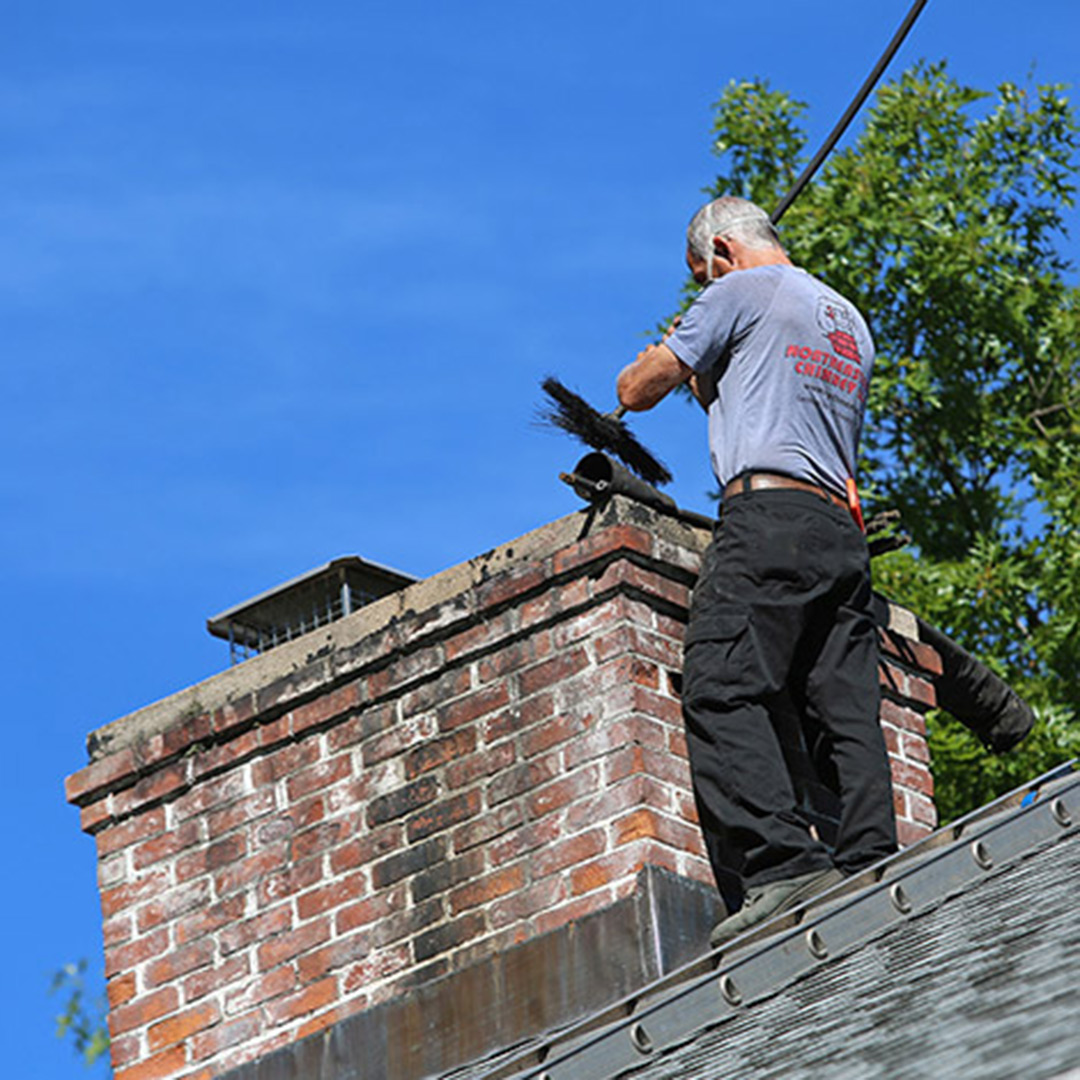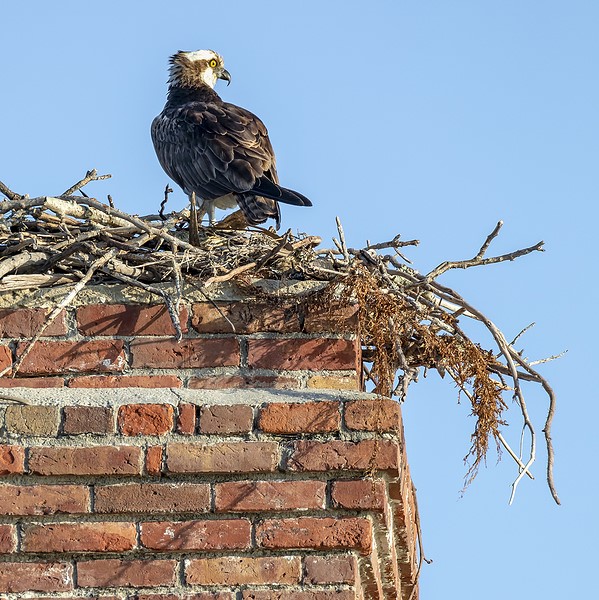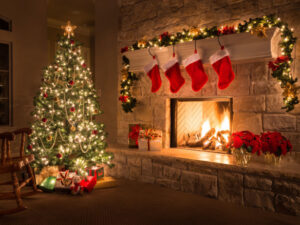Chimney Chronicles: Tales of Historic Chimneys and Their Stories
Did you know that chimneys in the home date back as early as the twelfth century? Between then and now many warm, fond memories have been made alongside a fire. Even before this, fires were enjoyed inside – sometimes even around an open fire. As you can imagine this wasn’t the safest approach. However, in the dark ages, you did what you had to do to keep warm and cook food for your family.
 The Origin of Fireplaces
The Origin of Fireplaces
The birth of what we consider a fireplace coincides with the rise of two-story homes. This took away the option to have a fire simply in the middle of a home and let the smoke rise up and out. Rather, there was a new approach: light the fire in a section of the wall. This way it could rise and leave the home unobstructed with holes made throughout the wall. The smoke was still an issue until a flue was created. This helped to draft smoke up and out of the home. Some of the more advanced and wealthy homes even installed hoods.
14th Century Advancements
Once hoods were introduced to the concept, further advancements were made as well. Full, official chimney structures started to be built into the walls of homes, allowing for more advanced and thorough heating solutions. This even allowed for multiple fireplaces to vent through the same flue system. However, at this point, the flue exit was still pretty minimal, and drafts weren’t completely taken care of.
16th Century Turning Point
Surprisingly, a big push for ventilation improvements came after the Tudor period in England. Lumber and timber supplies became less prominent and more expensive, which meant homeowners were forced to look for alternative sources of heat. The solution was coal. This came with toxic smoke as a byproduct, which begged for more advanced and efficient ventilation systems. Due to the need and throughout the years of technological advancements, the ventilation system continued to improve.
 Today
Today
From there, ventilation was perfected, even when wood was back to the main supply, making wood-burning fireplaces a vital and primary source of heat for many centuries. Even today, in the 21st century, homeowners enjoy fireplaces in the cold months as a supplementary heat source and even for aesthetics. Our ventilation systems are optimized, and we’ve even introduced modern solutions such as gas and electric fireplaces. These allow for ease without compromising the timeless coziness that fireplaces provide for any home.
Call Fluesbrothers Chimney & Fireplace Today
Fluesbrothers Chimney & Fireplace is known in the Kansas City area for its reliable and efficient chimney services. The expert team is known and trusted to perform premium chimney and fireplace services. Between extensive training, certifications, and consistent customer satisfaction, we can get the job done fast without compromising quality. Everything we do from the first call to the finished project; we make sure you are 100% satisfied.
If your chimney needs service or repairs, contact us today at 913-236-7141.
The post Chimney Chronicles: Tales of Historic Chimneys and Their Stories appeared first on Fluesbrothers Chimney Service.
 Be aware of the dangers involved in fireplace use. It is important to know the causes of chimney fires and how to protect yourself and your family from them. More than 25,000 chimney fires are incurring with over $125 million in property damage each year.
Be aware of the dangers involved in fireplace use. It is important to know the causes of chimney fires and how to protect yourself and your family from them. More than 25,000 chimney fires are incurring with over $125 million in property damage each year. Heatproof Glass Doors
Heatproof Glass Doors What is Creosote?
What is Creosote? Another way you can reduce creosote buildup is to burn hardwood like oak, birch, and hard maple. These types of wood produce more heat and produce less creosote. They may cost a little more, but you can’t put a price on your family’s safety.
Another way you can reduce creosote buildup is to burn hardwood like oak, birch, and hard maple. These types of wood produce more heat and produce less creosote. They may cost a little more, but you can’t put a price on your family’s safety.

 Keep Your Chimney Clean
Keep Your Chimney Clean Live Animal Removal
Live Animal Removal What Causes Chimney Fires?
What Causes Chimney Fires?
